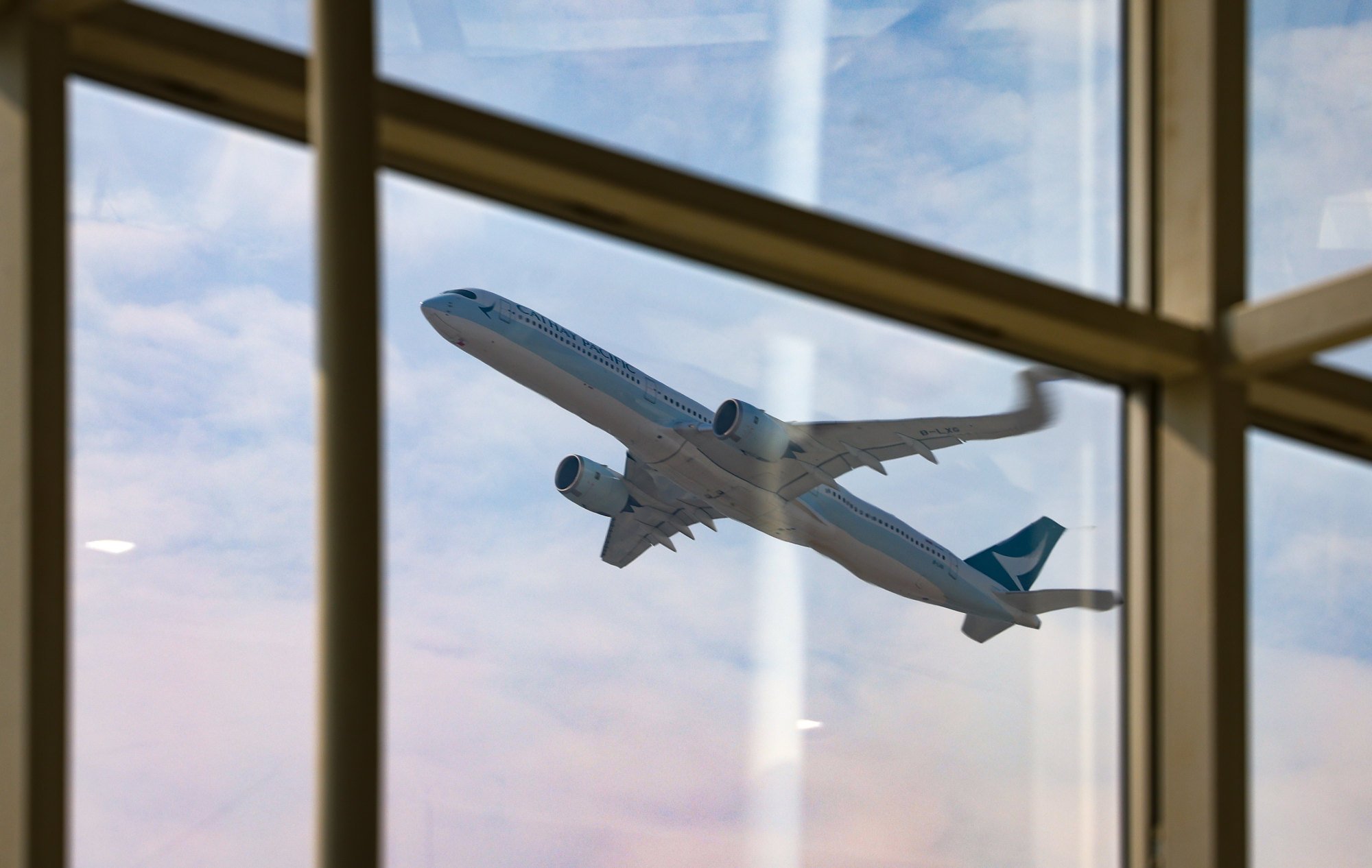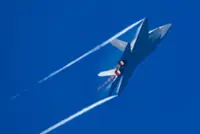Hong Kong’s Cathay Group has hit its target of hiring 3,400 pilots this year and expects to recruit 100 more by the end of January, with the company reiterating it is on track to fully return to pre-pandemic flight capacity by then.
“We are pleased to inform you that in the area of pilot recruitment, we have achieved the 2024 target of reaching 3,400 pilots in total. It’s a new milestone,” a Cathay spokesman told the Post this week.
He added the group had a low resignation rate of 2.9 per cent this year.
Do you have questions about the biggest topics and trends from around the world? Get the answers with SCMP Knowledge, our new platform of curated content with explainers, FAQs, analyses and infographics brought to you by our award-winning team.
The company announced on November 26, two days before the launch of the city’s new three-runway system, that it would reach pre-pandemic capacity by the end of January 2025.
The company told the Post in early December it remained “very confident” of meeting its projection and had “robust plans” for recruitment despite its pilots’ union expressing doubts.
Cathay had previously postponed its timeline for a full return to capacity from the end of 2024 to the first quarter of next year.
Cathay said in August it had hired more than 3,100 pilots and required another 300 to meet its target of 3,400, which would still be below the pre-pandemic number of 3,800.
The spokesman said this week that the company was “in a phase of record training”, with more than 600 pilots having completed their command or first officer upgrade training over the past 18 months.
“Our pilot remuneration package is attractive and competitive, and more than 330 former Cathay Group pilots have rejoined us on our rebuild journey. Our resignation rates remain very low at 2.9 per cent for 2024, the lowest since 2019,” he said.
“This significant achievement further demonstrates that the Cathay Group will reach 100 per cent of our pre-pandemic flights from [the end of] January 2025.”
Mayur Patel, the Asia head for travel data provider OAG Aviation, also previously said that Cathay was on track for a full recovery by the end of January, based on data on the number of seats and flights provided by the company, ticket sales and other operational matters.
He had noted that the progress was supported by the group’s fleet expansion and its plans to pair destinations with a “dual-brand strategy” that made use of Cathay Pacific as a full-service carrier and HK Express as a low-cost counterpart.
The group is expected to operate passenger services to 100 destinations around the world within a year after restoring full capacity.

Before its recent upturn, the company had struggled to rejuvenate its pilot numbers after shedding a record 5,900 jobs in Hong Kong in October 2020, and axing regional airline Cathay Dragon in a HK$2.2 billion (US$284 million) restructuring plan amid the Covid-19 pandemic.
To cut costs, employees that were retained were offered contracts that slashed pilot pay by about 40 per cent, while housing and retirement benefits for staff were also reduced.
According to the Hong Kong Aircrew Officers Association, which represents 1,300 Cathay pilots, the carrier sacked 1,000 pilots in 2020 during the restructuring exercise, with another 1,000 resignations in subsequent years.
The carrier this week said captains took home an average annual pay of HK$2.86 million in 2023, while the figure for senior first officers was up to HK$1.64 million. Entry-level second officers’ annual basic salary stood at about HK$400,000 last year.
The pace at which the airline fully restores its pre-pandemic capacity will be critical for the city’s development as a world-class aviation hub, with the new three-runway system at Hong Kong International Airport expected to serve a shortfall of passengers and cargo for a period.
By around 2035, the airport’s passenger throughput capacity will be raised in phases by 50 per cent to 120 million annually, while the cargo volume will be doubled from its current 5 million tonnes to 10 million tonnes per year, according to official projections.
In August, Cathay announced it would roll out a major investment initiative of more than HK$100 billion to be raised and spent over the next seven years, as part of what it called a “bold new strategy”.
The investment includes orders for more than 100 new-generation aircraft – with the option to acquire an additional 80 in future – covering narrowbody, regional widebody, long-haul widebody and large freighter jets, as well as refreshed cabin interiors and lounges.
The carrier said that it would expand its fleet to a total of 280 passenger and freighter aircraft by 2032.
More from South China Morning Post:
- Hong Kong’s Cathay ‘confident’ of hitting full capacity but union has doubts
- Hong Kong’s Cathay says sorry, removes Family Guy episode with Tiananmen ‘Tank Man’ scene
- Hong Kong’s Cathay to fly to Munich, relaunch Brussels service next year
For the latest news from the South China Morning Post download our mobile app. Copyright 2024.





